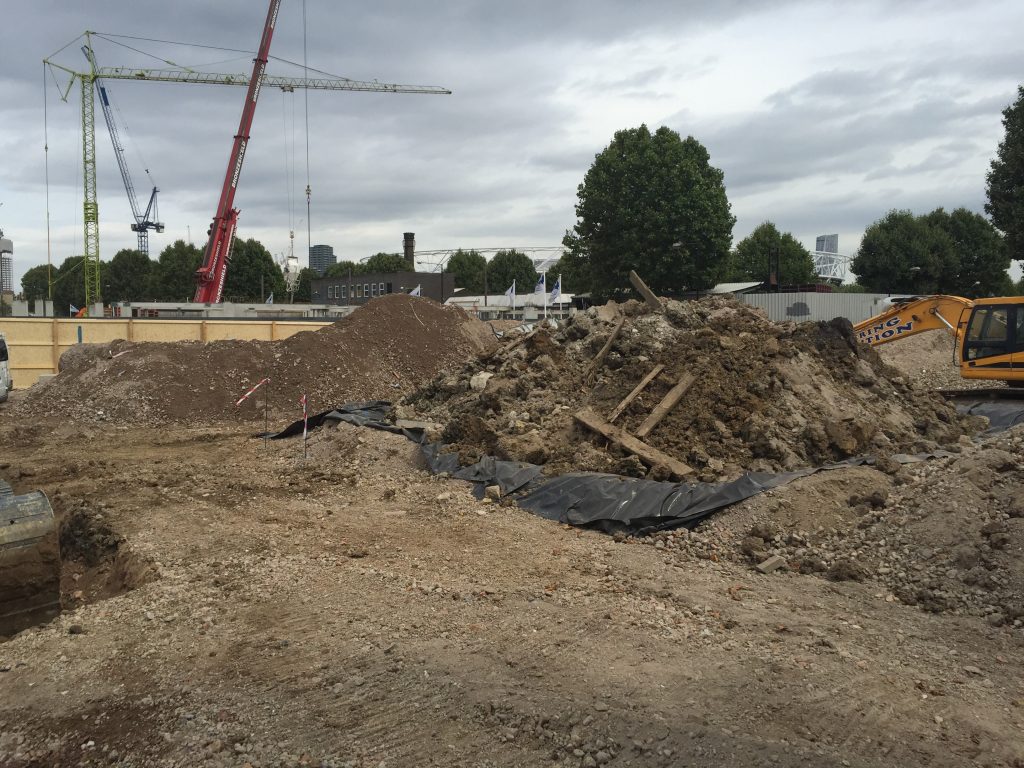Waste Assessments
Waste Acceptance Criteria (WAC) Testing
There is often a need to dispose of soil arisings that result from shallow or deep excavations, for example from foundations or service trenches and deep basement excavations.
Where space permits, the most cost-effective method is often to re-use these soils elsewhere on site. This can be done under a Materials Management Plan (MMP) that is produced in line with CL:aire Definition of Waste: Code of Practice (DoW CoP) and signed off by a Qualified Person. Jomas routinely produce MMPs and employ several Qualified Persons to review and sign off.

Where the most practical option is to dispose of soils off-site, Jomas can produce a Waste Classification Assessment, for you to gain an idea of the likely costs for this as early as possible. This would classify soil samples tested for a standard suite of determinands in accordance with the Environment Agency’s waste classification technical guidance, WM3, as Hazardous or Non-Hazardous.
We can extend the Waste Classification Assessment where required, to include a review of Waste Acceptance Criteria Analysis results. This would enable a determination to be made of whether soils provisionally classified as Hazardous may be disposed of at a Non-Hazardous landfill (i.e. as stable non-reactive hazardous waste) or whether soils provisionally classified as Non-Hazardous waste may be disposed of at an inert landfill, subject to the approval of the relevant landfill operator.
- Read More
Waste Management Development & Site Waste Management Plan: A strategy is produced to demonstrate that the waste storage and collection for the development scheme are in line with the Waste Plan, Local Authority’s guidance as well as BS5906:2005 for Waste Management in Buildings.
The Report covers the storage area required related to the number of dwellings non- domestic area uses and frequency of collection as well as accessibility. A Technical Guidance Note is also provided to outline the minimum requirements which will need to be met throughout the detailed design of the scheme.
Waste CoP Qualified Person:
CL:AIRE’s Definition of Waste: Development Industry Code of Practice (CoP) has been designed to allow the user to demonstrate that wastes have been fully recovered and hence cease to be waste. This requires a significant degree of self-regulation and relies upon the professional integrity of those involved.
The CoP introduces the principle of a Qualified Person to sign off a Declaration to demonstrate that the appropriate “lines of evidence” have been put in place.
The CoP serves the following purposes: Provides best practice for the development industry to use when assessing:
- If materials are classified as waste or not
- Determining when treated waste can cease to be waste for a particular use
Provides an auditable system to demonstrate that this CoP has been adhered to on a site by site basis.
